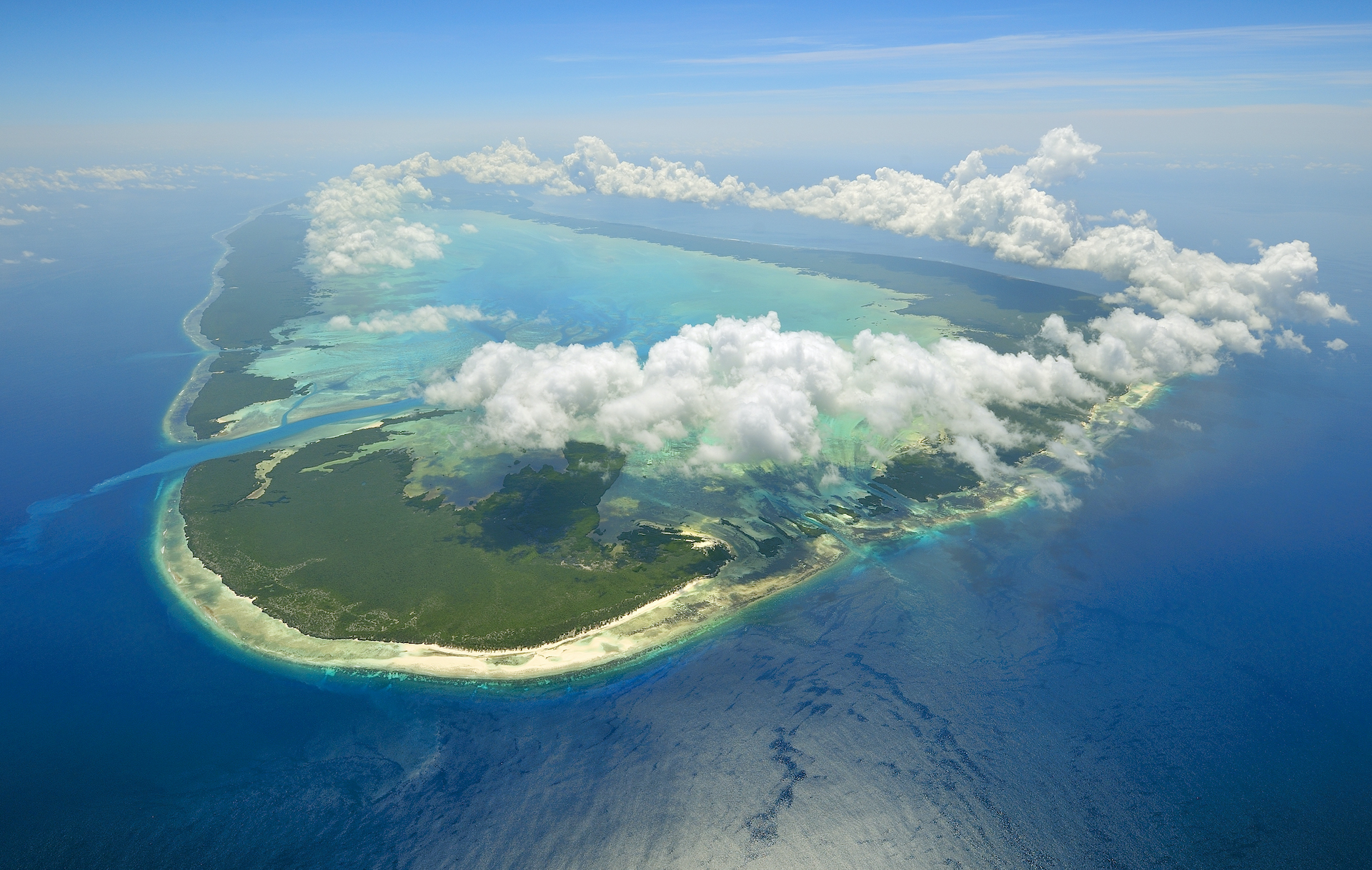Media release
From: Springer NatureRemoving all of the plastic litter from the UNESCO World Heritage Site of Aldabra Atoll — a ring of islands formed from coral reef in the Seychelles — would cost US $4.68 million and require 18,000 hours of labour, according to a study in Scientific Reports. The findings highlight the economic cost of marine plastic litter to small island states.
Aldabra consists of four large islands surrounding a large lagoon and supports an interconnected marine ecosystem of coral reef, mangroves and seagrass beds. It is home to the last remaining population of Indian Ocean giant tortoises, nesting green turtles and other endemic species. Using data on the costs and effort required during a 5-week clean-up of the south coast of the largest of Aldabra’s islands (Grande Terre) by The Seychelles Islands Foundation in 2019, a team led by April Burt and Jeremy Raguain estimated the total cost of removing plastic litter from the coastal areas of Aldabra. During the 2019 clean-up 25.7 tonnes of plastic litter was removed from Grande Terre, of which 60% consisted of fishing items such as nets and rope and 24% consisted of plastic shoes, mostly flip-flops. The clean-up cost US $224,538 and required 980 hours of work from 12 volunteers over a five-week period.
Based on surveys carried out across 20 locations on Grande Terre, the authors estimate the total amount of litter on the coastal areas of Aldabra to be 513 tonnes. Collecting and removing these 513 tonnes of litter would require 18,000 hours of work and cost US $4.68 million, according to the authors’ estimate.
The findings indicate that to protect marine and coastal ecosystems, international funding should be made available to small island states to aid clean-up operations, the authors suggest.


